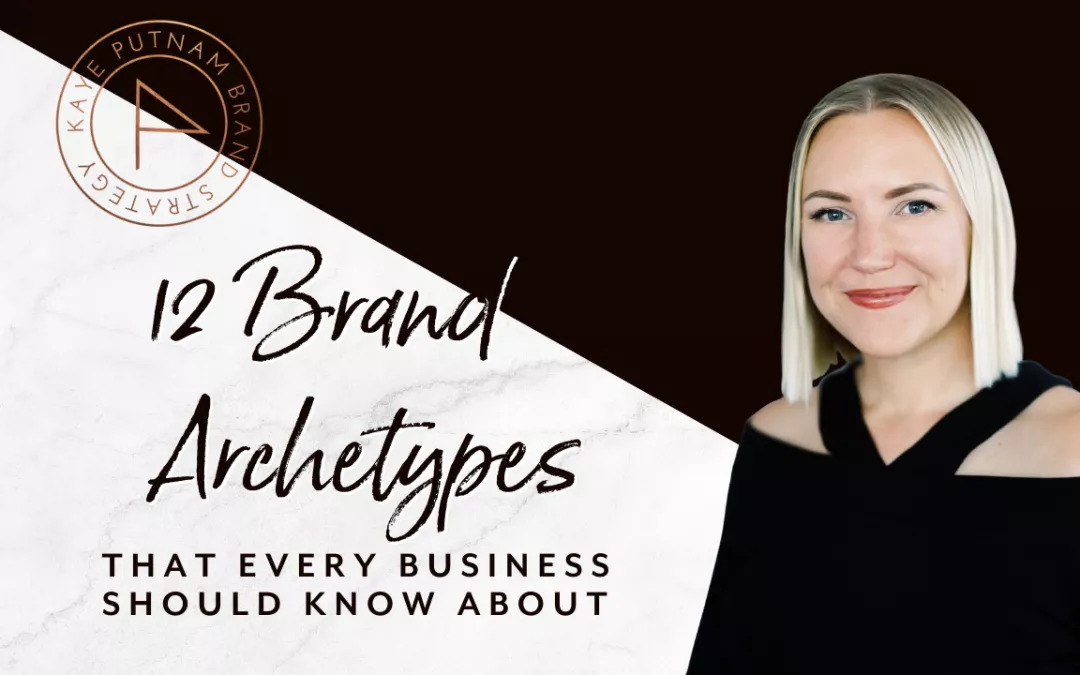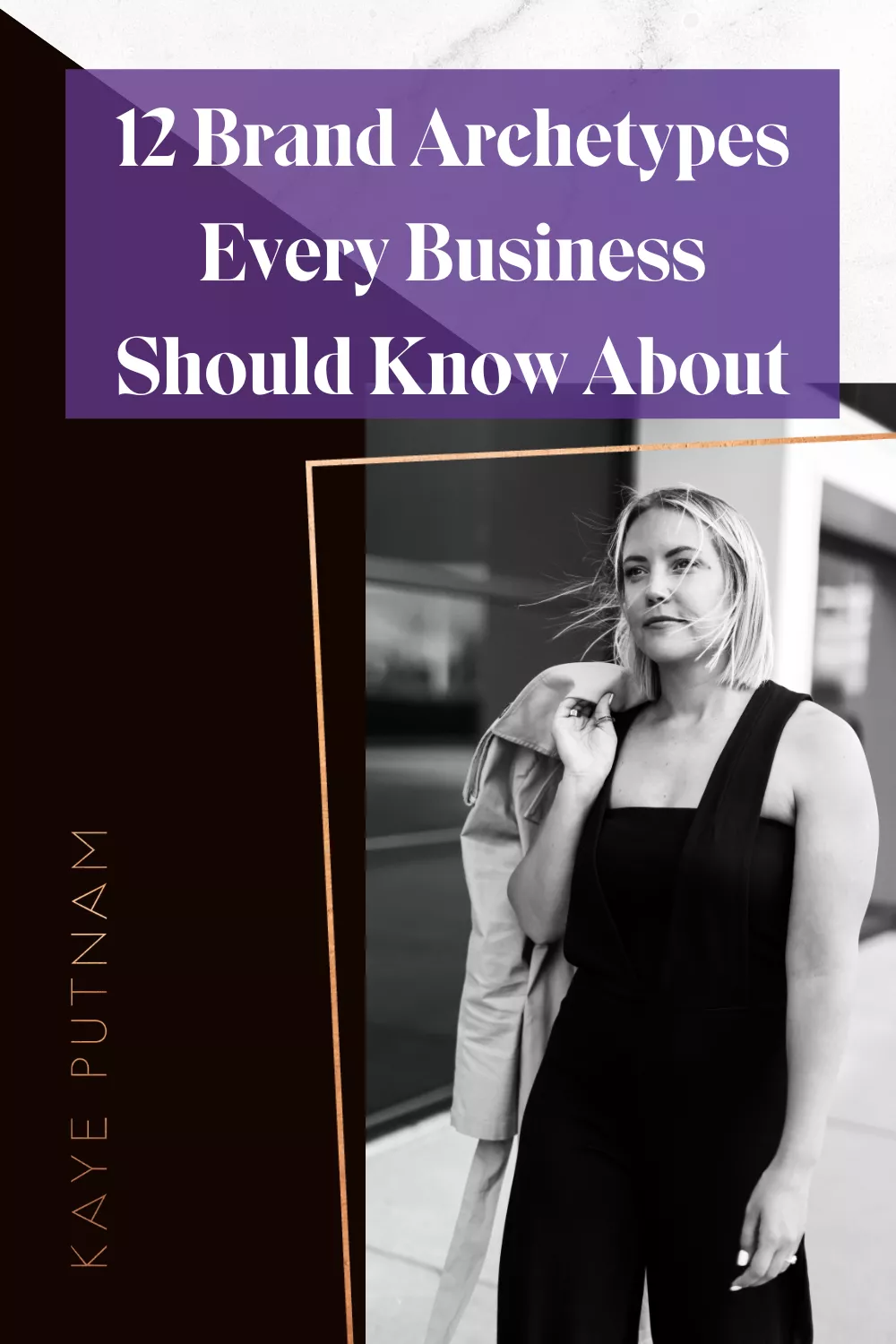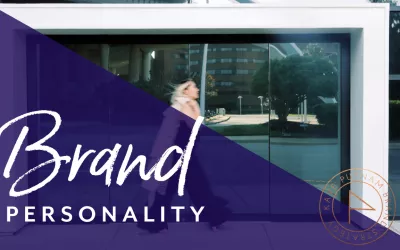Legendary figures abound in our culture – they walk through time, reappearing throughout history and leaving traces of their presence everywhere. From classical mythology to modern-day superheroes, these archetypes share a common thread: representing universal human experiences that we can all relate to.
Archetypes make sense to us. Our 🧠brains🧠 naturally organize ideas by grouping like things and by seeing patterns. Recognizing common traits in people and symbols helps us to process and understand a story. Those commonalities cue us to feel particular emotions. And they trigger certain gut-level responses.
When it comes to branding, understanding these archetypes can help you create a more relatable and resonant brand identity. By tapping into the power of archetype, you can connect with your audience on a deeper level, communicate your brand values more impactfully, and build a stronger, more differentiated brand.
In this blog, we’ll explore the 12 most common brand archetypes and how you can use them to create a more compelling brand identity.
What are brand archetypes?
Dr. Carl Jung coined the term “archetype” and described it as –
“forms or images of a collective nature which occur practically all over the Earth as constituents of myths and—at the same time—as individual products of the unconscious.”
He also said that the “forms and images” are imprinted and hardwired into our psyches. Understanding archetypes helps us understand our subconscious minds and explain our deepest longings and needs as human beings.
As humans, we want to connect with people – not products or services. So, when a brand takes on a primary character archetype, people recognize it – they get it. People who understand your brand can begin to like and trust you, leading to sales.
And interestingly, the word Archetype is from the Greek “arche” and “typos,” words which mean “beginning” and “imprint,” respectively. So, an archetype could be thought of as something that makes an initial impression on us that sticks… which is a goal of a strong brand, too.
More recently, Carol S Pearson and Margaret Mark co-authored The Hero and the Outlaw: Building Extraordinary Brands Through the Power of Archetypes, which defines twelve individual types. As part of the analysis, specific traits, drivers, and values were identified in each archetype.
This book was the source of the material that sparked an“ah-ha moment” for me several years back. Since then, I’ve been using archetypes to help entrepreneurs launch and scale impactful brands.
My method, The Clarity Code™, is built around my strong belief that when businesses act more human, we’ll be more successful. When we show more personality and are honest about our values and beliefs – and if we work hard to make a real difference in people’s lives – success will follow.
You can harness the power of archetypes too. By figuring out what yours is, you give yourself an effective and enduring framework around which to craft your brand.
The 12 brand archetypes
The 12 brand archetypes are:
- The Innocent
- The Explorer
- The Hero
- The Sage
- The Maverick
- The Magician
- The Lover
- The Entertainer
- The Girl/Guy Next Door
- The Caregiver
- The Creator
- The Ruler
🌷The Innocent
The innocent archetype is all about hope, purity, and faith. This brand is optimistic and wholesome, with a strong focus on family values. Innocents are often seen as naive, but their sincerity makes them trustworthy and likable.
Brands that embody the innocent archetype include Dove, Coca-Cola, and Johnson & Johnson.
⛰️The Explorer
The explorer is a free spirit who seeks new horizons and adventures. This brand is independent, curious, and brave. Their fearless nature makes them inspiring and aspirational.
Brands that embody the explorer archetype include Patagonia, Jeep, and National Geographic.
🦸The Hero
The hero is a brave and noble champion who fights for a cause. This brand is courageous, determined, and powerful. Their commitment to doing good makes them admirable and revered.
Brands that embody the hero archetype include FedEx, Superman, and Wonder Woman.
📚 The Sage
The sage is a wise and knowledgeable advisor who provides guidance. This brand is intelligent, thoughtful, and insightful. Their wisdom makes them trustworthy and credible.
Brands that embody the sage archetype include Google, Wikipedia, and Oprah.
🍷 The Maverick (or Outlaw)
The outlaw is a rebel or misfit who challenges the status quo. This brand is disruptive, edgy, and unconventional. Their non-conformist nature makes them exciting and refreshing.
Brands that embody the outlaw archetype include Virgin, Beats by Dre, and Red Bull.
🌟The Magician
The magician is a master of illusion who turns dreams into reality. This brand is visionary, creative, and innovative. Their ability to make the impossible happen makes them inspirational and aspirational.
Brands that embody the magician archetype include Disney, Tesla, and Apple.
💜The Lover
The lover is a passionate and sensual being who seeks intimacy and connection. This brand is romantic, intimate, and beautiful. Their capacity for love and connection makes them relatable and likable.
Brands that embody the lover archetype include Victoria’s Secret, Cosmopolitan, and Haagen-Dazs.
🃏The Entertainer (or Jester)
The entertainer is a fun-loving trickster who uses humor to make a point. This brand is playful, humorous, and entertaining. Their ability to make light of situations makes them endearing and likable.
Brands that embody the jester archetype include Skittles, Old Spice, and Geico.
☕The Girl/Guy Next Door (or Everyman)
The girl/guy next door is a relatable everyman or woman who is down-to-earth and approachable. This brand is friendly, casual, and unpretentious. Their ordinariness makes them relatable and likable.
Brands that embody the regular guy/gal archetype include Walmart, Budweiser, and Chevrolet.
💐The Caregiver
The caregiver is a compassionate and nurturing soul who tends to others. This brand is caring, supportive, and helpful. Their concern for others makes them likable and trustworthy.
Brands that embody the caregiver archetype include Campbell’s, Allstate, and St. Jude’s Children’s Hospital.
👑The Royal (or Ruler)
The ruler is a natural leader who wants to control and organize others. This brand is commanding, authoritative, and prestigious. Their leadership qualities make them aspirational and respected.
Brands that embody the ruler archetype include Mercedes-Benz, Forbes, and The Wall Street Journal.
🎨The Creator
The creator is an artist or innovator who brings new ideas into the world. This brand is expressive, original, and imaginative. Their creative vision makes them inspirational and aspirational.
Brands that embody the creator archetype include Sharpie, Adidas, and Barbie.
Which archetype is right for your business?
There is no one-size-fits-all answer to this question, as the best brand archetype for your business will depend on a number of factors, including your industry, target market, and desired brand positioning. However, some general tips that can help you choose a brand archetype for your business include:
✅Define your brand positioning. What do you want your brand to represent? What are your core values? What emotions do you want your customers to feel when they think of your brand?
✅Research your industry and target market. What archetypes are commonly used in your industry, and which ones resonate most with your target market?
✅Consider your competitive landscape. What do your competitors’ brands represent, and how can you differentiate your brand with a different archetype?
✅Test different options. Once you have a shortlist of archetypes that you feel could work for your brand, test them out with your target market to see which one they react most positively to.
If you’re a personal brand, or if you’re the face of the brand, picking an archetype is more straightforward. You pick the archetype(s) that best represents your strengths and values at work.
By combining the right brand archetype with a focused message, you can create an identity that resonates powerfully with your target audience. So take some time to think about which archetype your brand should embody and how you can use it to set yourself apart from the competition.
If you’re not sure which brand archetype is right for your business, take our quiz to find out!
What do we do with our brand archetype?
Here are some ways you’ll incorporate a brand archetype into your business. If you want to shortcut the process of using your brand archetypes in your business, sign up for Brandfluency today! Our online course will give you loads of examples and inspiration, and show you how to use them to guide all aspects of your branding.
1. Use your brand archetype to guide your messaging.
What kind of language does your chosen archetype use? What tone of voice do they speak with? Use these cues to inform your brand’s messaging, whether you’re crafting ad copy, social media posts, or even just your website description.
2. Let your brand archetype influence your visuals.
What kind of imagery does your chosen archetype evoke? Use these cues to inform your brand’s visual identity, from your logo design to the colors and fonts you use on your website and marketing materials.
3. Use your brand archetype to inform your customer service.
How can you embody your chosen archetype in the way you interact with your customers? For example, if you’ve chosen the sage archetype, your customer service team should be knowledgeable and helpful, while if you’ve chosen the jester archetype, your team should be fun and friendly.
4. Use your brand archetype to inform your business decisions.
Whether you’re choosing a new product to launch or deciding on a new marketing strategy, let your brand archetype be your guide. Ask yourself how your chosen archetype would approach the situation, and use that as a starting point for your decision-making.





